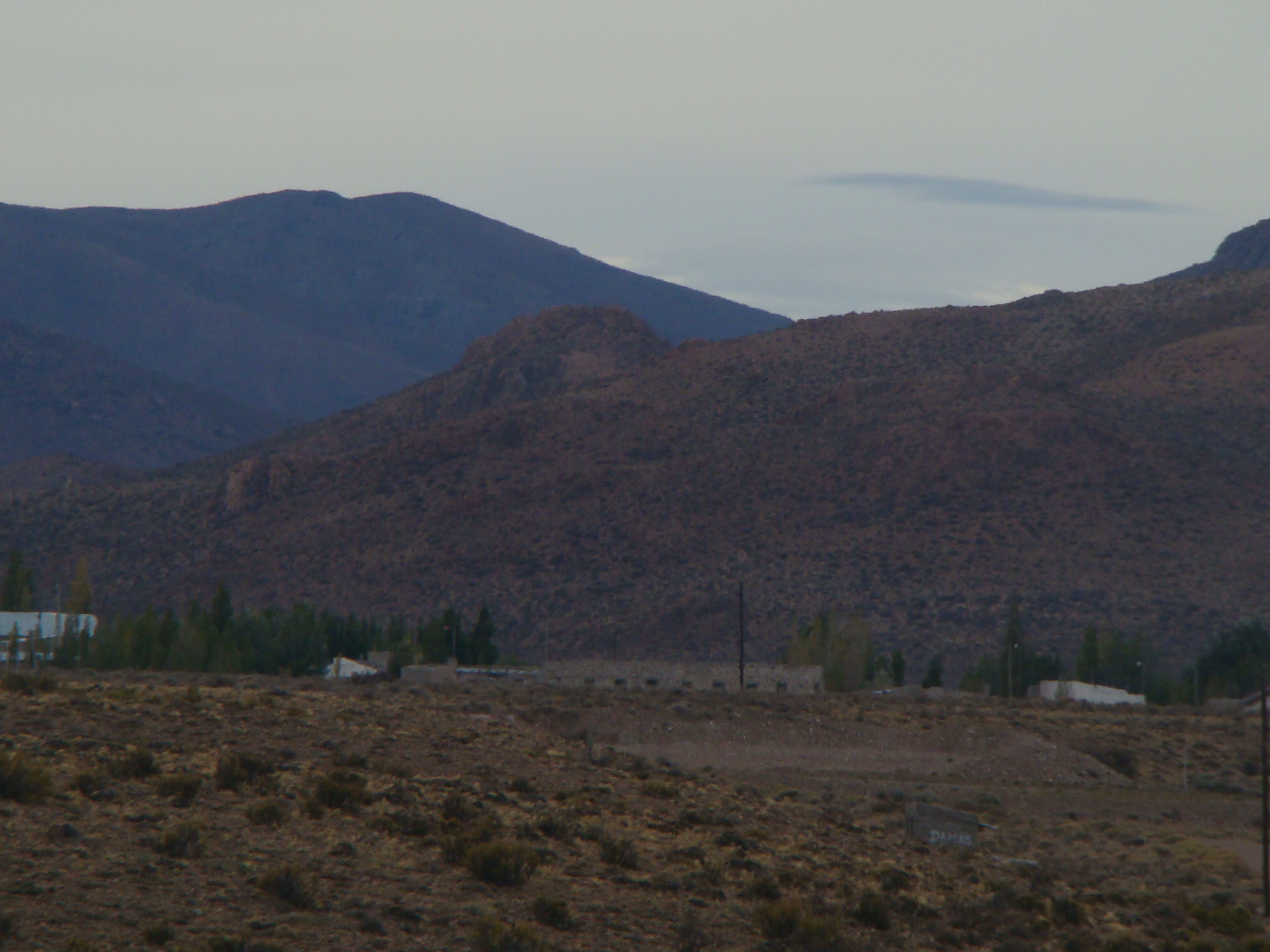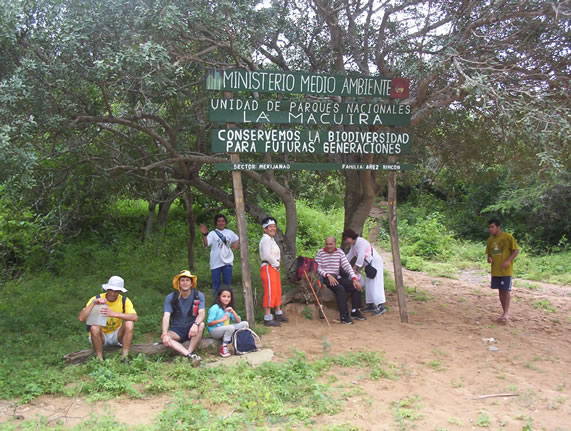|
Colloncuran
The Colloncuran ( es, Colloncurense) age is a period of geologic time (15.5–13.8 Ma) within the Middle Miocene epoch of the Neogene, used more specifically within the SALMA classification in South America. It follows the Friasian and precedes the Laventan age. Etymology The age is named after the Collón Curá Formation in the Cañadón Asfalto and Neuquén Basins of northern Patagonia, Argentina Argentina (), officially the Argentine Republic ( es, link=no, República Argentina), is a country in the southern half of South America. Argentina covers an area of , making it the second-largest country in South America after Brazil, th .... Formations Fossils References Bibliography ;Collón Curá Formation * * * * * * * * * * * * * * * * * * * * * * * * * * * ;Castilletes Formation * * * * * * * * ;Cura-Mallín Group * * * ;Gran Bajo del Gualicho Formation * ;Nazareno Formation * * * * ;Pebas Formation ... [...More Info...] [...Related Items...] OR: [Wikipedia] [Google] [Baidu] |
Collón Curá Formation
The Collón Curá Formation ( es, Formación Collón Curá) is a Middle Miocene fossiliferous geological formation of the southern Neuquén Basin in northwestern Patagonia and the western Cañadón Asfalto Basin of central Patagonia, Argentina. The formation crops out from the southern Neuquén Province, the western Río Negro Province to the northern Chubut Province. The formation, with a maximum thickness of , comprises tuffs and sandstones with minor siltstones, marls and limestones, deposited in a fluvial, river delta, deltaic and shallow to deep lacustrine depositional environment, environment in small basins separated by Fault (geology), faults. The formation dates from the Langhian to Tortonian, earliest Tortonian epochs of the Middle to Late Miocene, typically Colloncuran. The Collón Curá Formation is named after Estancia Collón Curá (1 on the map in the infobox) along the Collón Curá River (2), a tributary of the Limay River in the Río Negro (Argentina), Río Negr ... [...More Info...] [...Related Items...] OR: [Wikipedia] [Google] [Baidu] |
Castilletes Formation
The Castilletes Formation ( es, Formación Castilletes, N1c) is a fossiliferous geological formation of the Cocinetas Basin in the northernmost department of La Guajira, Colombia. The formation consists of fossiliferous mudstones, siltstones and medium-grained to conglomeratic fossiliferous lithic to quartzitic sandstones. The Castilletes Formation dates to the Neogene period; Burdigalian to Langhian stages, Colloncuran and Friasian in the SALMA classification, and has a maximum thickness of . Etymology The formation was defined by Rollins in 1965 and named after the village of Castilletes.Moreno et al., 2015, p.27 Description Lithologies The Castilletes Formation consists of fossiliferous mudstones, siltstones and medium-grained to conglomeratic fossiliferous lithic to quartzitic sandstones.Moreno et al., 2015, pp.27-32 Stratigraphy and depositional environment The Castilletes Formation overlies the Jimol Formation and is overlain by the Ware Formation. The ... [...More Info...] [...Related Items...] OR: [Wikipedia] [Google] [Baidu] |
Cañadón Asfalto Basin
The Cañadón Asfalto Basin ( es, Cuenca de Cañadón Asfalto) is an irregularly shaped sedimentary basin located in north-central Patagonia, Argentina. The basin stretches from and partly covers the North Patagonian Massif in the north, a high forming the boundary of the basin with the Neuquén Basin in the northwest, to the Cotricó High in the south, separating the basin from the Golfo San Jorge Basin. It is located in the southern part of Río Negro Province and northern part of Chubut Province. The eastern boundary of the basin is the North Patagonian Massif separating it from the offshore Valdés Basin and it is bound in the west by the Patagonian Andes, separating it from the small Ñirihuau Basin. The basin started forming in the Early Jurassic, with the break-up of Pangea and the creation of the South Atlantic, when extensional tectonics, including rifting, formed several basins in eastern South America and southwestern Africa. The accommodation space in the Cañadón Asf ... [...More Info...] [...Related Items...] OR: [Wikipedia] [Google] [Baidu] |
South American Land Mammal Age
The South American land mammal ages (SALMA) establish a geologic timescale for prehistoric South American fauna beginning 64.5 Mya (unit), Ma during the Paleocene and continuing through to the Late Pleistocene (0.011 Ma). These periods are referred to as ages, stages, or intervals and were established using geographic place names where fossil materials where obtained.Flynn & Swisher, 1995 The basic unit of measure is the first/last boundary statement. This shows that the first appearance event of one taxon is known to predate the last appearance event of another. If two taxa are found in the same fossil quarry or at the same stratigraphic horizon, then their age-range zones overlap. Background South America was an island continent for much of the Cenozoic, or the "Age of Mammals". As a result, its mammals evolved in their own unique directions, as Australia and Madagascar still have today. Paleogeographic timeline A simplified paleogeography, paleogeographic timeline of South ... [...More Info...] [...Related Items...] OR: [Wikipedia] [Google] [Baidu] |
Patagosmilus
''Patagosmilus'' ("Patagonian knife" in Greek) is an extinct genus of meat-eating metatherian mammal of the family Thylacosmilidae, that lived in the Middle Miocene in South America.''Patagosmilus'' at .org Like other representatives of this family, such as '' Thylacosmilus atrox'' and '' Anachlysictis gracilis'', it was characterized by its elongated s of the upper jaw, similar to th ... [...More Info...] [...Related Items...] OR: [Wikipedia] [Google] [Baidu] |
Neuquén Basin
Neuquén Basin ( es, Cuenca Neuquina) is a sedimentary basin covering most of Neuquén Province in Argentina. The basin originated in the Jurassic and developed through alternating continental and marine conditions well into the Tertiary. The basin bounds to the west with the Andean Volcanic Belt, to the southeast with the North Patagonian Massif and to the northeast with the San Rafael Block and to the east with the Sierra Pintada System. The basin covers an area of approximately .Howell et al., 2005 One age of the SALMA classification, the Colloncuran, is defined in the basin, based on the Collón Curá Formation, named after the Collón Curá River, a tributary of the Limay River. Description Jurassic and Cretaceous marine transgressions from the Pacific are recorded in the sediments of Neuquén Basin. These marine sediments belong to Cuyo Group, Tordillo Formation, Auquilco Formation and Vaca Muerta. In the Late Cretaceous, conditions in the neighboring Andean orogen ... [...More Info...] [...Related Items...] OR: [Wikipedia] [Google] [Baidu] |
Pisco Formation
The Pisco Formation is a geologic formation located in Peru, on the southern coastal desert of Ica, Peru, Ica and Arequipa. The approximately thick formation was deposited in the Pisco Basin, spanning an age from the Miocene, Middle Miocene up to the Early Pleistocene, roughly from 15 to 2 Ma. The tuffaceous sandstones, diatomaceous siltstones, Conglomerate (geology), conglomerates and dolomite (rock), dolomites were deposited in a lagoonal to near-shore depositional environment, environment, in bays similar to other Pacific South American formations as the Caldera Basin, Bahía Inglesa and Coquimbo Formations of Chile. Several specialists consider the Pisco Formation one of the most important Lagerstätten,Brand et al., 2004Brand et al., 2011 based on the large amount of exceptionally preserved marine fossils, including sharks (most notably megalodon), penguins, whales, dolphins, birds, marine crocodiles and aquatic giant sloths. Famous fossils found in these layers include the ... [...More Info...] [...Related Items...] OR: [Wikipedia] [Google] [Baidu] |
Cura-Mallín Group
Cura-Mallín Group ( es, Grupo Cura-Mallín) is a heterogeneous group of volcano-sedimentary formations of Oligocene-Miocene age, Colhuehuapian to Laventan in the SALMA classification, in south-central Chile and nearby parts of Argentina.Pedroza et al., 2017 The sediments belonging to the group were deposited in a lacustrine environment and alongside rivers in an intra-arc basin.Suárez & Emparan, 1995 Southeast of Laguna del Laja Cura-Mallín Group has a thickness of more than . The sediments making up the group deposited in an interval between 22 and 8 million years ago. The outcrops of Cura-Mallín Group are found along a north-south elongate area. The group is considered an equivalent of Abanico Formation, either as a southern extension or as a lateral equivalent of that formation.Flynn et al., 2008 Stratigraphy and members Various subdivision schemes have been proposed for the Cura-Mallín unit since the 1980s. In 1983, Niemeyer and Muñoz identified two members; the R� ... [...More Info...] [...Related Items...] OR: [Wikipedia] [Google] [Baidu] |
Cocinetas Basin
The Cocinetas Basin ( es, Cuenca Cocinetas) is a small sedimentary basin of approximately in northeasternmost Colombia. The onshore pull-apart basin is located in the department of La Guajira at the border with Zulia, Venezuela. The basin is bound by three sets of hills; the Serranía de Jarara, Serranía Macuira and Serranía Cocinas, with the eastern boundary formed by the Gulf of Venezuela, part of the Caribbean Sea. The basin was formed during the Paleogene as a result of the eastward movement of the Caribbean Plate along the northern edge of the South American Plate, leading to the deposition of a Middle Eocene to Middle Pleistocene sedimentary sequence of conglomerates, sandstones, siltstones, limestones and mudstones. In the Cocinetas Basin, several fossiliferous stratigraphic units have been registered, providing an abundance of marine and continental vertebrate and invertebrate fossil fauna assemblages. The Uitpa, Jimol, Castilletes and Ware Formations contain numerou ... [...More Info...] [...Related Items...] OR: [Wikipedia] [Google] [Baidu] |
Pisco Basin
Pisco Basin ( es, Cuenca de Pisco) is a sedimentary basin extending over in southwestern Peru.Solís Mundaca, 2018, p.1 The basin has a thick sedimentary fill, which is about half the thickness of more northern foreland basins in Peru. The oldest known sediments are the Eocene sandstones of the Caballas Formation, while the youngest deposits, the fossiliferous Pisco Formation, date to the Early Pleistocene. In relation to present-day, topography the fill of Pisco Basin makes the upper part of the Coastal Cordillera of southern Peru, the coastal plains, the Ica-Nazca Depression and the Andean foothills. The basin is renowned for hosting various highly fossiliferous stratigraphic units; the Pisco Formation has provided a wealth of marine mammals (including sloths), birds, fish and other groups, as have the Chilcatay, Otuma and Yumaque Formations. Stratigraphy Tectonic and sedimentary evolution The basin developed in a setting of extensional tectonics from Eocene to ... [...More Info...] [...Related Items...] OR: [Wikipedia] [Google] [Baidu] |
Colorado Basin, Argentina
The Colorado Basin ( es, Cuenca del Colorado) is a sedimentary basin located in northeastern Patagonia. The basin stretches across an area of approximately , of which onshore in the southern Buenos Aires Province and the easternmost Río Negro Province extending offshore in the South Atlantic Ocean. The basin comprises a sedimentary succession dating from the Permian (pre-rift stage) and Early Cretaceous (rift stage) to the Quaternary, representing the passive margin tectonic phase of the basin history. The Mesozoic rifting in the basin resulted from the break-up of Pangea and the formation of the South Atlantic. Long hiatuses exist in the succession. The basin is of paleontological significance for hosting fossiliferous stratigraphic units dating to the Late Miocene. The Arroyo Chasicó Formation defines the Chasicoan South American land mammal age and contains a rich mammal and other vertebrate fauna. The contemporaneous Cerro Azul Formation has provided fossil rodents, armad ... [...More Info...] [...Related Items...] OR: [Wikipedia] [Google] [Baidu] |
Laventan
The Laventan ( es, Laventense) age is a period of geologic time (13.8 to 11.8 Ma) within the Middle Miocene epoch of the Neogene, used more specifically within the SALMA classification in South America. It follows the Colloncuran and precedes the Mayoan age.Madden et al., 1997 Etymology The age is named after the Miocene Lagerstätte La Venta, where a rich biodiversity from the Middle Miocene has been recovered from the Honda Group. Formations Fossil content Correlations The Laventan (13.8 to 11.8 Ma) correlates with: * NALMA ** latest Barstovian (15.97-13.65 Ma)Barstovian at Fossilworks.org ** early |





